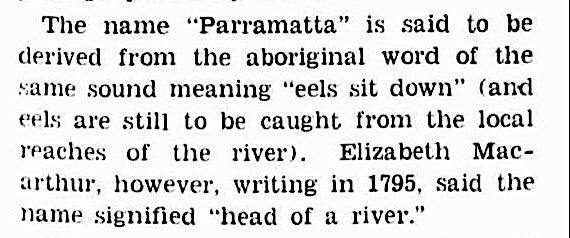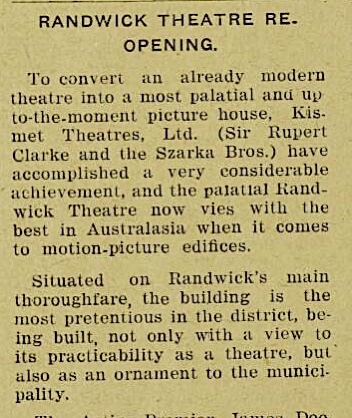 |
| Macquarie St Gatehouse, built in 1887, Corner of Pitt & Macquarie St Parramatta Park Parramatta NSW |
Parrramatta Park is a park and historic site in Western Sydney, NSW.
Located on the edge of Parramatta CBD, Parramatta Park has 85 hectares of lawns and is about 27 km from Sydney CBD.
The Darug people who have lived in the area for thousands of years, called the territory Burramatta. More info.
 |
| A native camp near Cockle Bay, New South Wales with a view of Parramatta River, taken from Dawes's Point / drawn by J. Eyre; engraved by P. Slaeger [sic]. Published 1812 |
In April 1788, Governor Arthur Phillip of the First Fleet explored the Parramatta River and established a fortified camp on a hill overlooking Parramatta Park.
Parramatta Park was where the first successful farms grew sufficient food to feed the colony.
Governor Phillip named a natural landform feature, The Crescent, and in November 1788, Phillip sent convicts to establish agriculture here. You can visit The Crescent today.
Government House at Parramatta was completed by Governor Hunter in 1799 and ten governors of New South Wales from 1788 to 1857 occupied the building. Today, it is Australia's oldest public building and is opened to the public.
 |
| OLD GEORGE-STREET, Parramatta, NSW, in 1791. |
On 28 December 1814, Governor Macquarie had his first meeting with Aboriginal peoples of the Cumberland Plain at Parramatta. Maria, the daughter of Yarramundi "Chief of the Richmond Tribes" became the first student of the Native Institution, voluntarily admitted by her father.
Maria was a successful student of the Native Institution and won a prize in an examination. Read more |
| Sydney Gazette and New South Wales Advertiser (NSW : 1803 - 1842), Sunday 23 December 1804 |
The Bath House at Parramatta Park was constructed in 1823 for Governor Brisbane, whereby water was pumped through lead pipes from the nearby river. It was later converted into a pavilion.
The original Macquarie Street Gatehouse building was constructed in 1848, The present house built in 1887, was built around this original dwelling.
Parramatta Park is one of the earliest gazetted public parks in Australia, dedicated as a park in 1857.
Between 1859 and 1889, large parts of the Government Domain of Parramatta Park were subdivided into the suburbs of Westmead and Northmead.
 |
| Church St, Parramatta, NSW, in 1861, Sydney Mail (NSW : 1912 - 1938), Wednesday 26 October 1938, |
 |
| Sydney's Hunt Club at Parramatta Park, NSW, 1906 |
 |
| The Soldiers' Memorial, Parramatta Park, NSW, Australian Town and Country Journal (Sydney, NSW : 1870 - 1919), Wednesday 22 November 1911 |
 |
| AT THE PARRAMATTA (N.S.W.) 150th ANNIVERSARY (Government House) Australasian (Melbourne, Vic. : 1864 - 1946), Saturday 12 November 1938, |
 |
| Car race at Parramatta Park, NSW, Sunday Herald (Sydney, NSW : 1949 - 1953), Sunday 7 September 1952 |
There are two children's playgrounds and a sealed off-road area to ride bikes at Parramatta Park.
Around Parramatta Park
 |
| The Bath House at Parramatta Park, NSW, was constructed in 1823 for Governor Brisbane. Now a pavillion |
 |
| The Soldiers' Memorial. Canons from the 1850s defense of the Port Jackson, now at Parramatta Park, NSW |
Places To Go
Virtual Tour of Parramatta Park
The Lancer Barracks is made up of several historic buildings built in c1820, including the Georgian building of Linden House – home to the Lancer Museum.
View archaeological remains from the early settlement of Parramatta at Philip Ruddock Heritage Centre.
Harris Park Heritage Area encompasses important historic landmarks such as Experiment Farm Cottage, Elizabeth Farm Cottage and Hambledon Cottage.
Female Orphan School was commissioned in 1813 by Governor Macquarie to provide a place to train orphaned, convict and Aboriginal females as domestic servants.
Newington Armory was used as an explosives store during WWII.
Parramatta Town Hall - the foundations were laid in 1792.
Lennox Bridge was completed in 1839, designed by David Lennox.











































